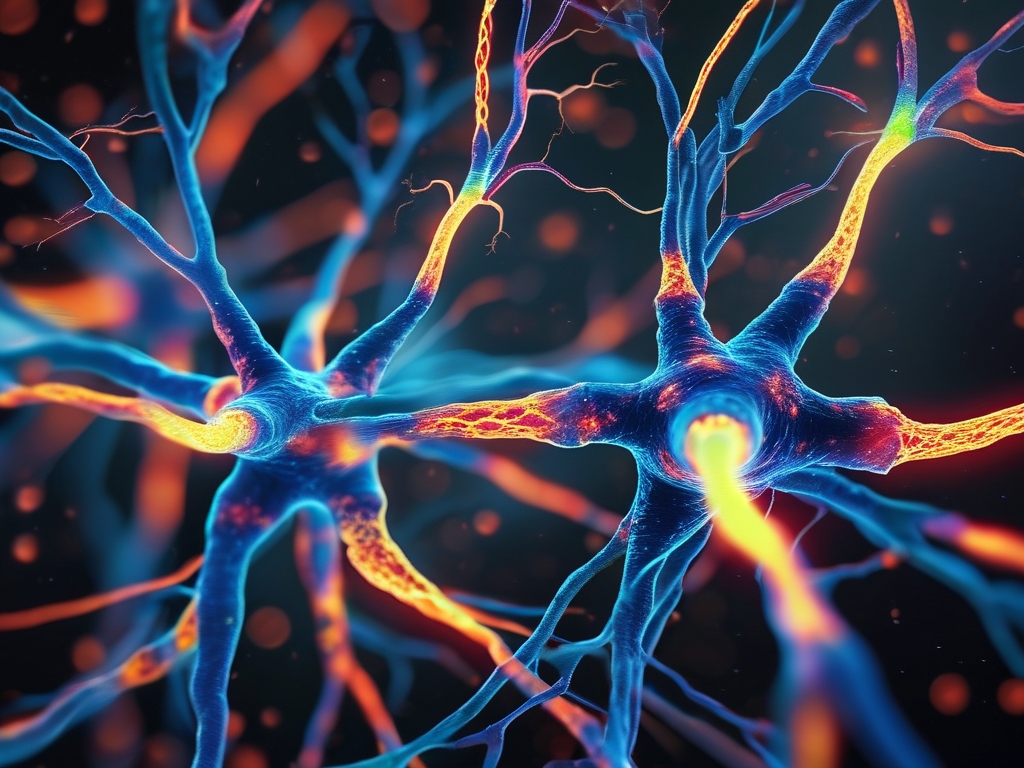In the rapidly evolving landscape of artificial intelligence, MTP (Multi-Task Progressive) neural networks have emerged as a groundbreaking architecture designed to address the dual challenges of computational efficiency and task scalability. By integrating principles from hierarchical learning, dynamic parameter allocation, and cross-task knowledge transfer, MTP networks redefine how AI systems handle complex, multi-objective problems. This article explores the design philosophy, technical innovations, and real-world applications of MTP neural networks, shedding light on their transformative potential.

1. The Architecture of MTP Neural Networks
At its core, an MTP neural network is structured as a modular, layered system. Unlike traditional monolithic models, MTP divides tasks into subtasks processed by specialized subnetworks. These subnetworks operate in a "progressive" manner, where lower layers handle foundational features (e.g., edge detection in images or tokenization in text), while higher layers tackle domain-specific objectives (e.g., sentiment analysis or object recognition).
A key innovation is the dynamic parameter-sharing mechanism. Instead of static weight allocation, MTP networks use attention-based gating to redistribute computational resources based on task priority and input complexity. For instance, in autonomous driving systems, an MTP model might allocate more parameters to obstacle detection during high-speed scenarios while deprioritizing less critical tasks like lane marking updates.
2. Advantages Over Conventional Models
MTP networks address two critical limitations of traditional neural architectures:
- Scalability: Classical models like CNNs or RNNs often struggle with multitasking, requiring separate models for each objective. MTP's modular design allows simultaneous processing of diverse tasks without catastrophic forgetting.
- Resource Efficiency: By dynamically adjusting parameter allocation, MTP reduces redundant computations. Studies show a 40% decrease in inference time compared to ensemble methods while maintaining comparable accuracy.
For example, in healthcare diagnostics, an MTP network can concurrently analyze medical images for tumors, classify tissue types, and predict patient risk scores-tasks that would typically demand three separate models.
3. Real-World Applications
a. Natural Language Processing (NLP)
MTP networks excel in NLP applications requiring multitask coordination. A single MTP model can perform translation, sentiment analysis, and entity recognition within a unified framework. Companies like Grammarly leverage such architectures to offer real-time grammar correction, tone suggestions, and plagiarism detection seamlessly.
b. Robotics and Autonomous Systems
In robotics, MTP networks enable robots to process sensor data, navigate environments, and make decisions in real time. Boston Dynamics' latest robots, for instance, use MTP-inspired systems to balance locomotion, object manipulation, and environmental adaptation without overloading onboard processors.
c. Financial Forecasting
Financial institutions deploy MTP models to predict stock trends, assess portfolio risks, and detect fraud simultaneously. JPMorgan Chase reported a 25% improvement in fraud detection latency after adopting MTP frameworks.
4. Challenges and Ethical Considerations
Despite their promise, MTP networks pose technical and ethical challenges:
- Training Complexity: Coordinating subnetworks requires sophisticated optimization techniques, such as gradient masking and task-weighted loss functions.
- Bias Amplification: If one subtask inherits biases (e.g., racial bias in facial recognition), the entire system risks propagating errors.
- Energy Consumption: While efficient during inference, training MTP networks demands significant computational power, raising sustainability concerns.
5. Future Directions
Researchers are exploring hybrid architectures combining MTP principles with quantum computing and neuromorphic engineering. Early experiments suggest that quantum-enhanced MTP networks could solve optimization problems 100x faster than classical counterparts. Additionally, ethical AI initiatives are advocating for "task-aware transparency" protocols to audit MTP decision-making processes.
MTP neural networks represent a paradigm shift in AI design, offering a scalable, efficient solution for the multitask demands of modern technology. As industries increasingly adopt these systems, addressing their ethical and technical limitations will be crucial to unlocking their full potential. From healthcare to finance, MTP networks are poised to become the backbone of next-generation intelligent systems, bridging the gap between human-like adaptability and machine precision.









